The Folk Revival Movement: How Traditional Sounds Are Shaping Modern Identity
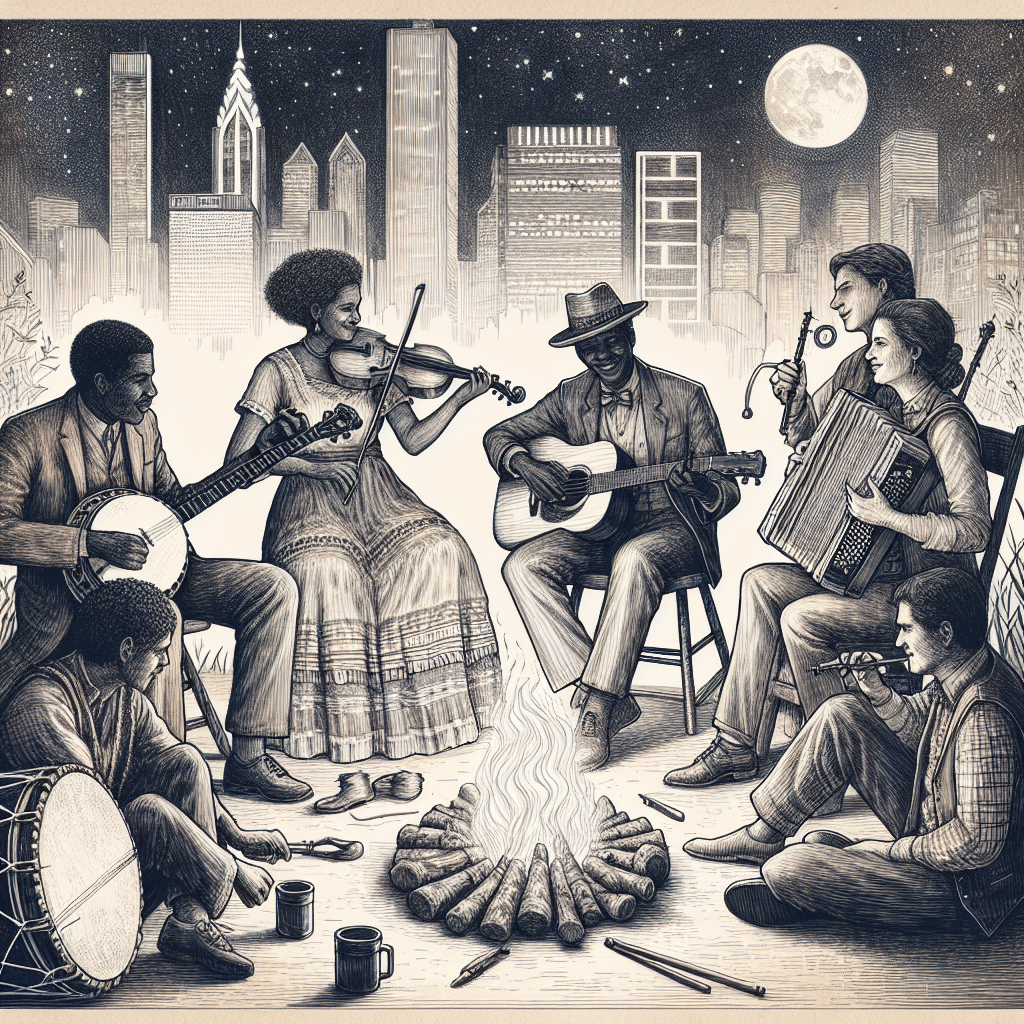
The folk revival movement is not just a historical phenomenon; it is a vibrant tapestry of cultural expression that continues to shape modern identity. By rediscovering, reinterpreting, and reviving traditional sounds from various cultures, artists and communities have forged a unique path that blends the old with the new. This article explores the intricacies of the folk revival movement, its impact on contemporary identity, and why its significance cannot be understated.
Historical Background of the Folk Revival Movement
The folk revival movement can be traced back to the 19th century, but it gained significant momentum in the mid-20th century, particularly in the United States and the United Kingdom. During this period, artists like Woody Guthrie and Pete Seeger popularized folk music, using it as a medium for social change and cultural expression. The revival was not merely an artistic resurgence; it was also a reaction against the commercialized music industry and the growing disillusionment with modernity.
In the 1960s, the movement saw further momentum with the rise of artists like Bob Dylan and Joan Baez, who infused traditional folk themes with contemporary issues such as civil rights and anti-war sentiment. This period established folk music as not just a genre but a vehicle for storytelling that resonated with the social and political climate.
See Also: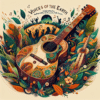 Voices of the Earth: Celebrating the Authenticity of Acoustic Folk Artists
Voices of the Earth: Celebrating the Authenticity of Acoustic Folk ArtistsKey Elements of the Folk Revival Movement
The Role of Traditional Instruments
One of the defining aspects of the folk revival movement is the prominent use of traditional instruments. Instruments such as the acoustic guitar, banjo, fiddle, and mandolin have become synonymous with folk music. These instruments not only serve to authenticate the music but also connect modern musicians with their historical roots. Artists often use these instruments to evoke feelings of nostalgia and cultural pride.
Storytelling and Lyrical Content
At the heart of folk music is storytelling. The lyrics often reflect the struggles, hopes, and dreams of ordinary people, recounting historical events, social injustices, and personal experiences. Modern folk artists continue this tradition, creating lyrics that resonate with contemporary audiences. This narrative form allows listeners to connect emotionally, making folk music a powerful medium for cultural reflection.
Community and Collaboration
See Also: From Coffee Shops to Festivals: The Journey of Indie Folk Musicians
From Coffee Shops to Festivals: The Journey of Indie Folk MusiciansThe folk revival movement emphasizes community, encouraging collaboration among artists and listeners alike. Festivals, community gatherings, and open mic nights create spaces for sharing and participation, thus fostering a sense of belonging. The communal nature of folk music invites collaboration across generations and cultural backgrounds, creating a diverse and inclusive atmosphere.
Folk Revival Movement in Contemporary Society
Cultural Identity and Heritage
In an increasingly globalized world, the folk revival movement serves as a reminder of the importance of cultural identity and heritage. As communities strive to retain their unique cultural expressions, the revival of traditional sounds allows individuals to reconnect with their roots. This reconnection can enhance a sense of belonging and pride, particularly for younger generations.
Political and Social Activism
Folk music has historically been linked with social activism, and this trend continues today. Modern folk artists often address pressing social issues such as climate change, racial injustice, and economic inequality, using their music as a platform for advocacy. This blend of art and activism not only brings awareness to these issues but also inspires listeners to take action.
See Also: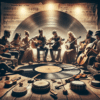 Strumming Back to Roots: The Resurgence of Folk Music in Today's Soundscape
Strumming Back to Roots: The Resurgence of Folk Music in Today's SoundscapeFusion with Other Genres
The folk revival movement is characterized by its adaptability and ability to fuse with other music genres. Artists like Mumford & Sons, The Lumineers, and Fleet Foxes have successfully integrated folk elements into rock and pop music, creating a sound that appeals to a broader audience. This genre-blending allows for a fresh take on traditional sounds while maintaining their cultural significance.
The Importance of the Folk Revival Movement
Preservation of Cultural Heritage
The folk revival movement plays a crucial role in preserving cultural heritage, particularly in the face of globalization. By reviving traditional sounds, artists ensure that these cultural expressions are not lost to time. This preservation is vital for future generations, who can draw strength and inspiration from their cultural lineage.
See Also: Folk Revival: A Return to Authenticity in a Digital Age
Folk Revival: A Return to Authenticity in a Digital AgeFostering Connection and Understanding
In a world often marked by division, folk music offers a pathway to connection and understanding. The stories told through folk songs transcend barriers, enabling listeners from diverse backgrounds to find common ground. This shared experience fosters empathy and acceptance, promoting social cohesion.
Encouraging Artistic Expression
The folk revival movement encourages individuals to explore their creativity and express themselves through art. It serves as a reminder that musical expression can be rooted in personal experiences and community narratives, creating a rich landscape for artistic exploration. This emphasis on creativity enhances the overall cultural tapestry of society.
Conclusion
The folk revival movement is a powerful testament to how traditional sounds can shape modern identity. By retaining cultural heritage, fostering community, and promoting artistic expression, this movement continues to resonate deeply in contemporary society. As we embrace the folk revival, we not only honor our roots but also allow these traditional sounds to guide us in our ongoing quest for identity, connection, and understanding.
See Also: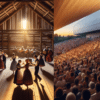 “From Barn Dances to Concert Halls: The Evolution of Folk Music”
“From Barn Dances to Concert Halls: The Evolution of Folk Music”FAQs
What is the Folk Revival Movement?
The Folk Revival Movement refers to a cultural resurgence of folk music and traditional sounds that began in the 19th century but significantly gained traction in the mid-20th century, focusing on the historical and social narratives of ordinary people.
Who were the key figures in the Folk Revival Movement?
Key figures include artists such as Woody Guthrie, Pete Seeger, Bob Dylan, and Joan Baez, who utilized folk music as a form of social commentary and activism during their time.
See Also: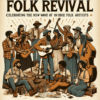 Folk Revival: Celebrating the New Wave of Indie Folk Artists
Folk Revival: Celebrating the New Wave of Indie Folk ArtistsHow does the Folk Revival Movement influence modern music?
The movement influences modern music by encouraging the infusion of folk elements into various genres, promoting storytelling, and reviving traditional instruments. This blending creates new sounds while honoring cultural heritage.
Why is the Folk Revival Movement important today?
The movement is important as it helps preserve cultural identities, fosters community connections, and promotes social issues through music, making it relevant in the context of contemporary challenges and cultural narratives.
If you want to know other articles similar to The Folk Revival Movement: How Traditional Sounds Are Shaping Modern Identity you can visit the category Folk.
